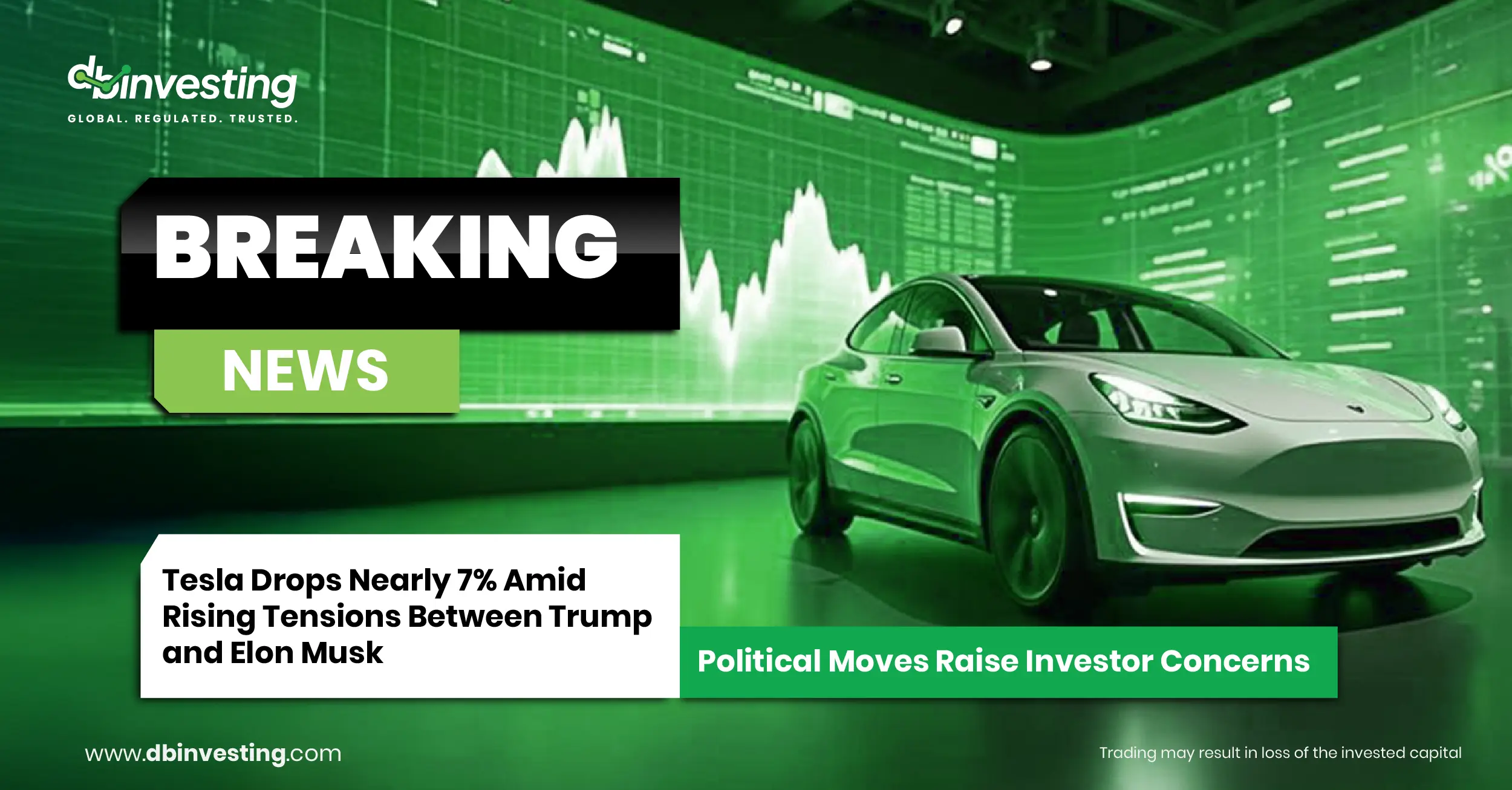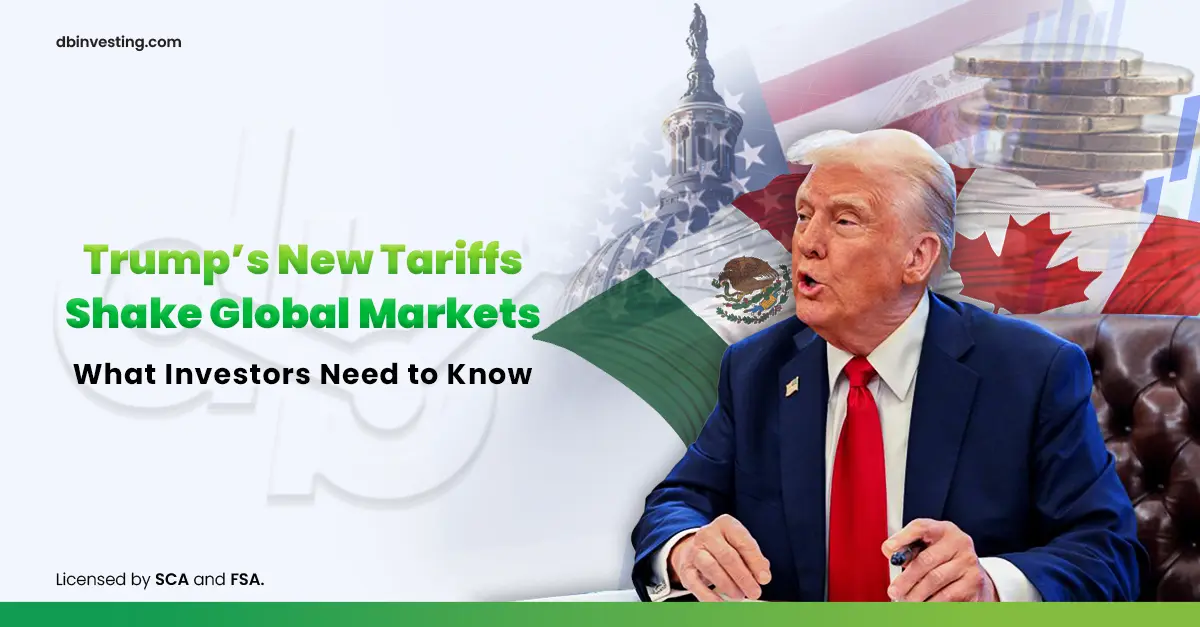Tesla Stock Under Pressure
- Tesla shares dropped nearly 7% in pre-market trading on Monday after CEO Elon Musk announced plans to form a new U.S. political party.
- Investor concerns escalated, questioning Musk’s focus on Tesla’s future amidst his growing political ambitions.
- Tesla reported a second consecutive quarterly drop in vehicle deliveries.
Political Tensions and Leadership Concerns
- The public clash between Musk and Trump intensified, particularly after disputes over tax policies.
- Trump publicly dismissed Musk’s party idea as “ridiculous,” raising potential conflicts of interest, especially concerning Musk’s roles in government contracts and space ventures.
- Investors are questioning whether Tesla’s board will intervene as Musk continues to expand his political and business engagements beyond Tesla.
Market Performance and Valuation
- Tesla shares have fallen around 35% since peaking in December following Trump’s re-election.
- Tesla is now the worst-performing stock this year among the “Magnificent Seven” U.S. growth companies.
- Fair value estimates place Tesla’s stock at around $276.88, suggesting a possible 6% further downside from current levels.
- The stock remains highly volatile, reflecting differing analyst valuations and the company’s position in the rapidly evolving EV market.
Conclusion:
Elon Musk’s political ambitions are reshaping investor sentiment around Tesla, adding uncertainty to an already challenging market environment driven by slowing sales, leadership concerns, and valuation risks.

